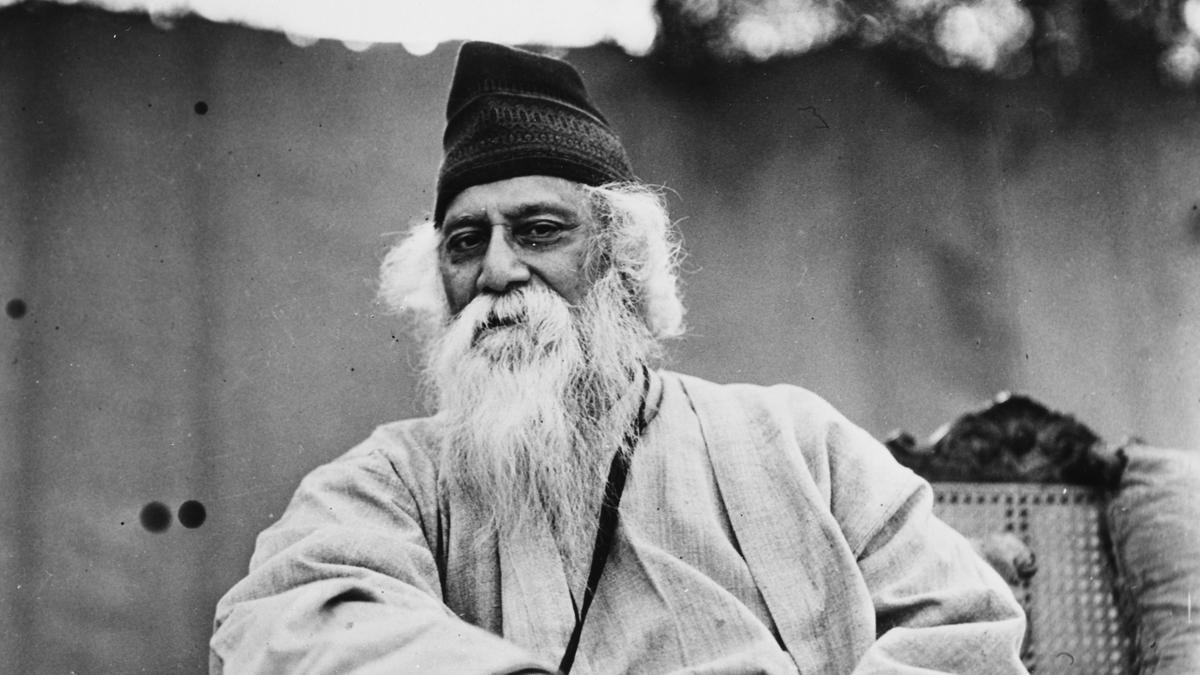India-China troops begin disengagement at 2 friction points in Ladakh

Defense officials informed news agency ANI on Friday that Indian and Chinese troops have initiated the process of disengagement from two disputed regions along the Line of Actual Control in Ladakh. As part of a mutually agreed de-escalation endeavor, Indian forces are said to be relocating equipment to rear positions. These areas of contention are Demchok and Depsang Plains situated in the eastern Ladakh sector.
Days after both parties reached a consensus on patrolling and troop withdrawal along the Line of Actual Control (LAC) on Monday, a significant milestone was achieved in the prolonged four-year border dispute.
After a gap of five years, Prime Minister Modi and President Xi Jinping convene in Russia.
During the Brics summit in Russia, Prime Minister Narendra Modi and Chinese President Xi Jinping convened for the first time since the commencement of the standoff in June 2020. A mutual agreement was reached by the two leaders to enhance the relationship between India and China.
Following the tragic Galwan Valley clash in Ladakh in 2020, where 20 Indian soldiers lost their lives, the relationship between the two nations plummeted to its lowest point in more than forty years. The fierce and prolonged confrontation ignited at Patrol Point 14 on June 15, 2020.
Exploring the Future of India-China Relations
Following numerous military and diplomatic dialogues, an accord was reached addressing the Depsang Plains and Demchok, the last two contentious areas. Out of the 65 designated patrolling points (PPs) along the Line of Actual Control (LAC), around 11 have been in dispute since May 2020, as reported by The Indian Express.
After the recent gathering between PM Modi and Jinping in Kazan, it is anticipated that there will be an escalation in communication and collaboration between the two parties, with a specific emphasis on bolstering strategic mutual reliance. Subsequent to the discussions, China expressed its willingness to promptly realign bilateral ties towards a trajectory of stable advancement.













